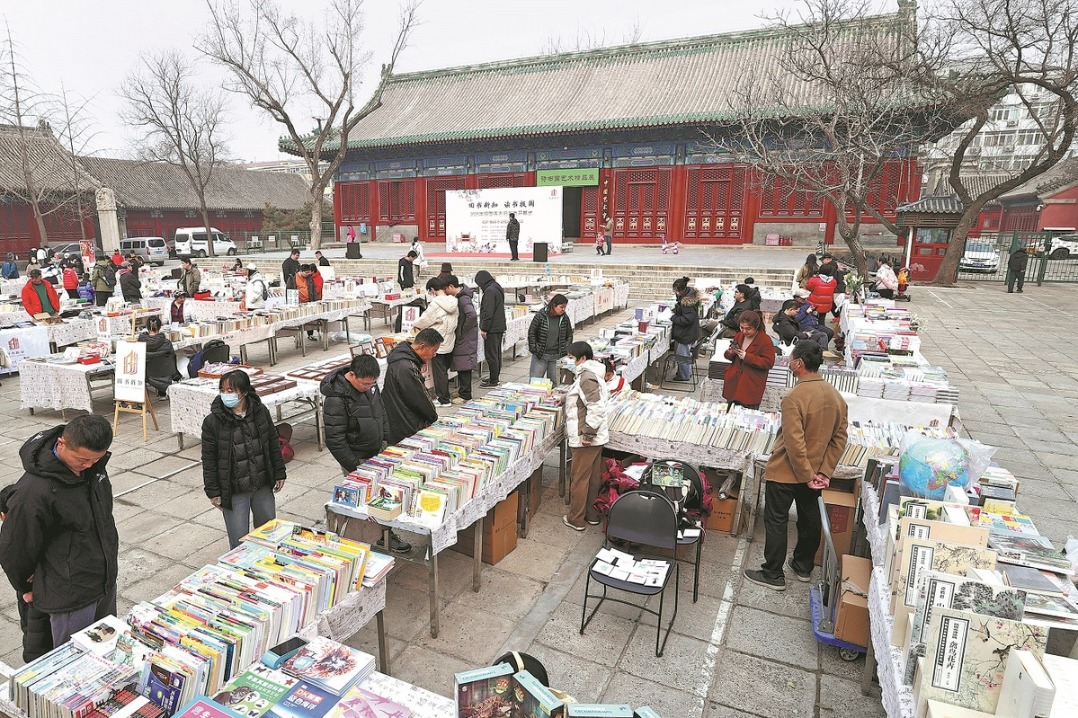Unmanned technology transforms sericulture

CHONGQING — In Yongchuan district of Southwest China's Chongqing municipality, a modern sericulture base is transforming the ancient legacy of silkworm farming via cutting-edge unmanned technologies.
Recently, the Modern Sericulture Xianlong Base unveiled a new cosmetic product featuring purified silkworm silk protein, a testament to the transformative power of its innovative practices.
"By employing unmanned sericulture technologies, we are able to raise silkworms in a completely sterile environment, resulting in exceptionally clean silk," said Shen Guanwang, assistant professor at the Advanced Interdisciplinary Studies Academy of Southwest University.
This technological leap has not only enhanced the quality of silk but also significantly boosted efficiency. The 4,000 square meter base achieves an annual output value of 20 million yuan ($2.8 million), a remarkable 20-fold increase compared to traditional methods, according to Xia Qingyou, professor at the AISA.
China, the cradle of sericulture, has a history of domesticating silkworms that dates back over 5,000 years. However, traditional sericulture has long been labor-intensive, land-consuming and highly dependent on the seasonal availability of mulberry leaves. The modern base in Yongchuan has shattered these limitations.
Inside the base, plastic silkworm rooms are neatly arranged in rows, with air conditioning and ventilation systems maintaining optimal temperature and humidity for silkworm growth. During feeding times, automated guided vehicles transport stacks of silkworm trays to automated feeding systems, where robotic feeders can simultaneously serve up to 20,000 silkworms.
Instead of traditional mulberry leaves, the silkworms now consume scientifically formulated "nutrient meals" made from a precise blend of mulberry leaf powder, corn, soybean meal and other raw materials.
"The use of artificial feed and AGVs enables high-density cultivation," Shen said. "We can stack rearing trays vertically, increasing spatial efficiency four — to fivefold. Moreover, we are no longer reliant on the seasonal availability of mulberry leaves, allowing us to raise silkworms year-round."
When operating at full capacity, the base can produce 40 metric tons of cocoons annually, requiring only about 10 technical workers. In contrast, traditional methods would demand at least 500 workers for such large-scale production.
Notably, standardized management at the base has led to the development of diverse new products. "Silk extracts can also be used in cosmetics and medicines," Shen said. In addition, the base specializes in producing Bombyx batryticatus, a type of medicinal silkworm, achieving an annual output of 100 tons — which serves as raw material for over 100 pharmaceutical formulations.
Xia said the base has already developed high-value biomedical products such as silk-based bone repair scaffolds and functional silk proteins. "These innovations mark a new chapter for the traditional sericulture industry as it steps into the realms of new materials and biopharmaceuticals," he said.
Xinhua





































